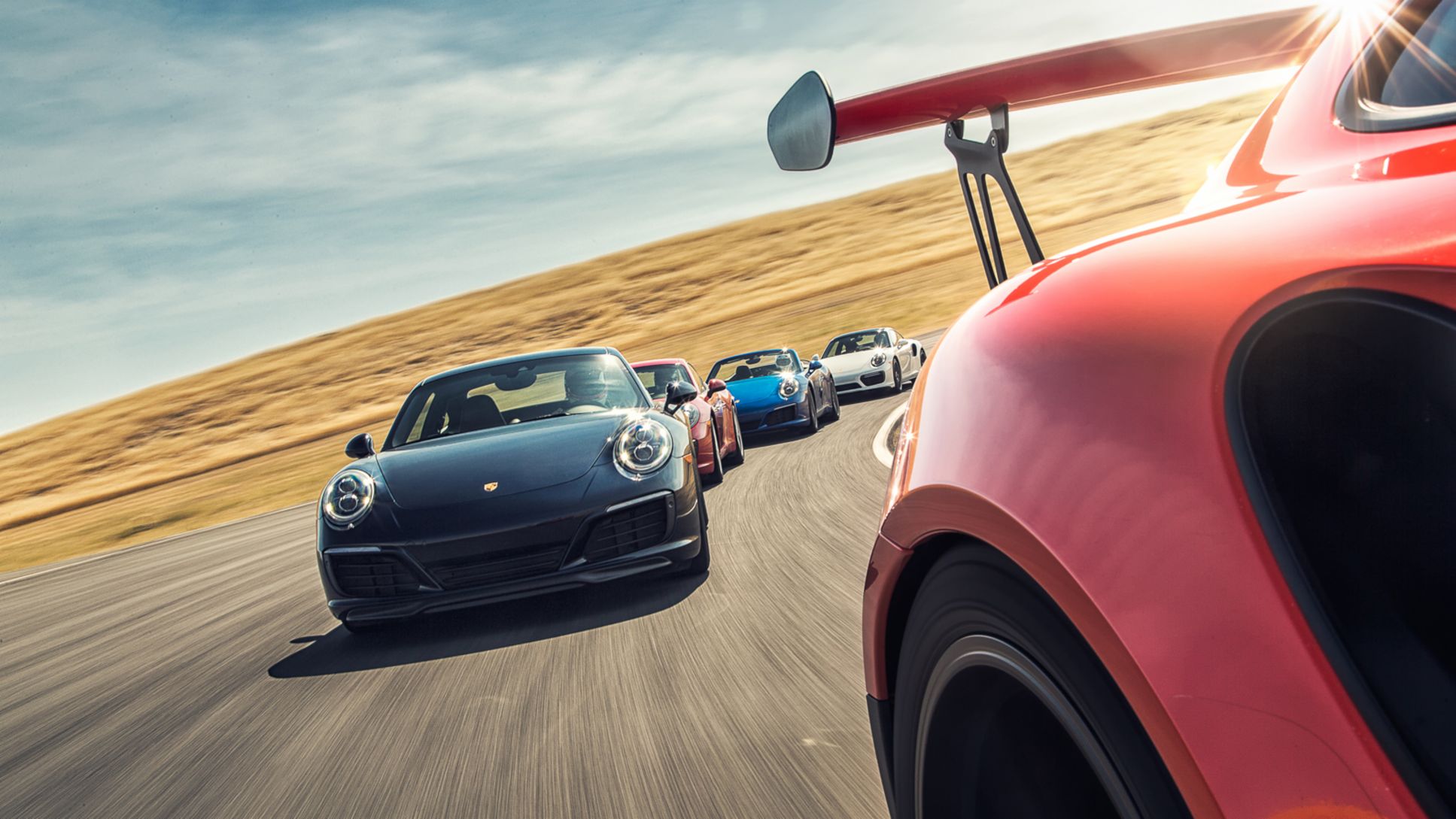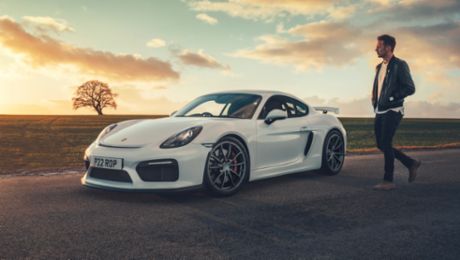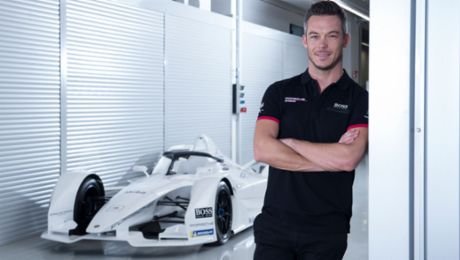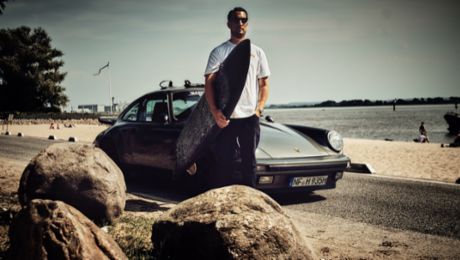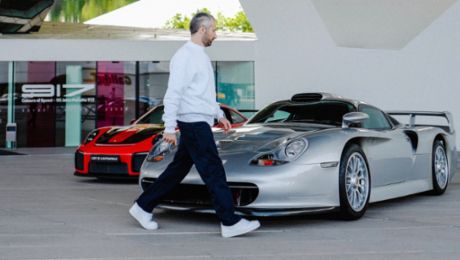With so much of the world urged to stay home and save lives during the current crisis, Porsche Newsroom is today launching a new series of automotive masterclasses designed to help you sharpen your skills from the comfort of your homes.
The team has picked the brains of some of the automotive world’s most creative and talented people, from Michael Mauer – Head of Style Porsche – to car-valeter-turned-accidental-influencer Richard Tipper. The aim has been to create a series of guides that will enable enthusiasts to polish their skills in a number of disciplines, including car photography, design, detailing, art – and even driving. All while staying at home and adhering to social distancing rules.
First up, is Richard Pardon – the official photographer for the TAG Heuer Porsche Formula E Team, whose images of cars have graced the covers of some of the world’s biggest motoring titles. Over the course of the next week, Pardon will cover a topic a day on Newsroom’s social channels (@PorscheNewsroom on Twitter and @Porsche_Newsroom on Instagram) and the official Porsche tribe on Drivetribe.
The Brit, who travels the world shooting cars for some of the top magazines, will cover equipment, the best and easiest editing apps, how to use light to make the most of a car’s shapes and lines, the “rule of thirds” and more. In turn, Porsche Newsroom invites you to share your own car photographs – whether taken in the past or while at home, during lockdown – using the hashtag #GetCreativeWithPorsche. The best images will be shared on our social channels, and our expert, Pardon, will offer commentary and advice.
Firstly, says Pardon, you don’t need expensive equipment.
The best camera and apps
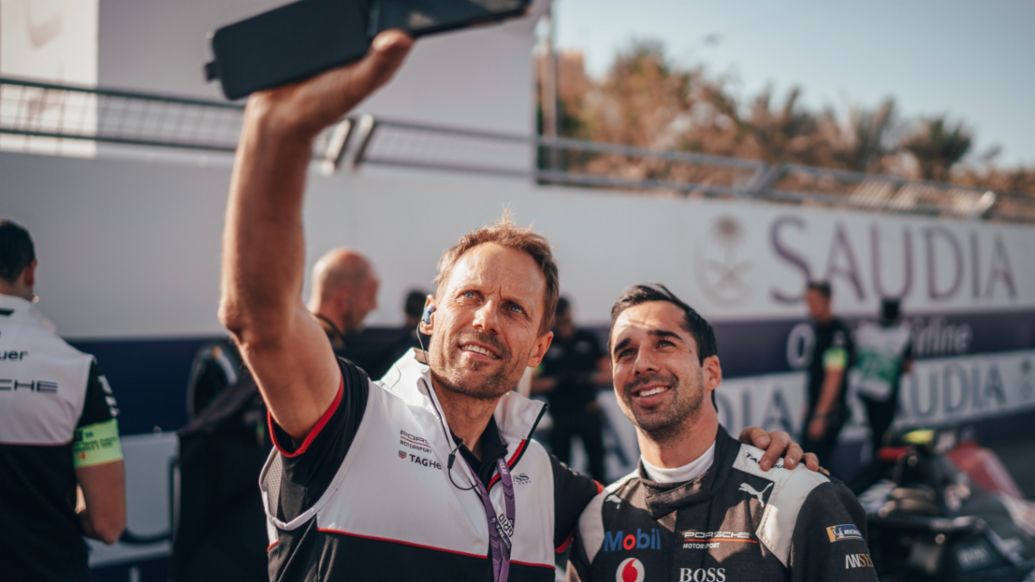
“Most people have a mobile with some sort of camera and I often find the photos I take on my phone are more creative. Having too much choice between lenses, apertures, shutter speeds and so on can sometimes be a burden: if you think about a shot too much you can miss the moment but with a phone, you’re always ready to capture.
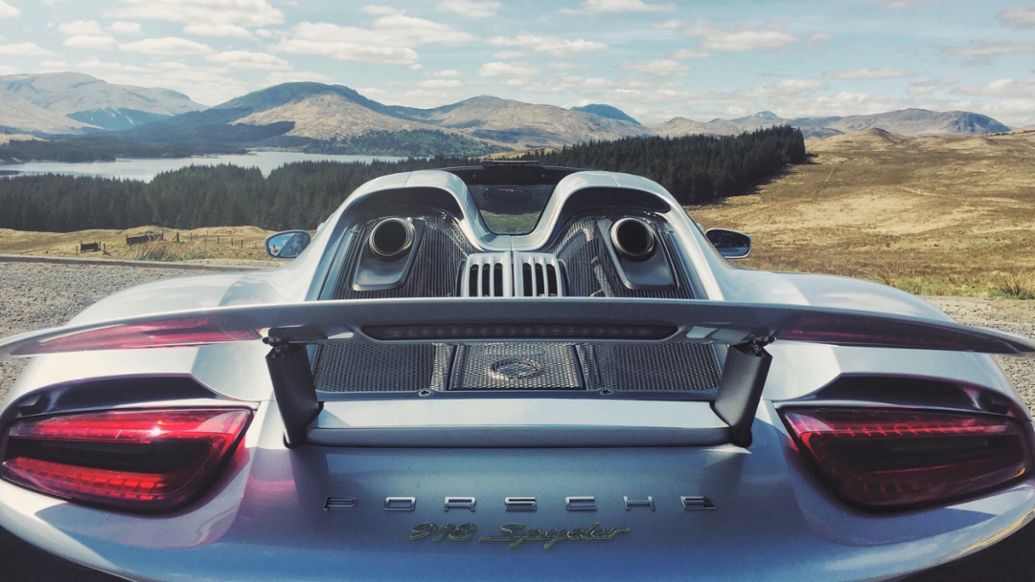
“Phone cameras have come on leaps and bounds in recent years, and while you might not be able to blow up a phone image to the size of a billboard, they’re great for how we most commonly view images: on social media. There are thousands of editing apps that can transform a good image into a brilliant one. I tend to use the Lightroom mobile app, as it syncs with my Mac version (useful for sending shots from my camera to my phone, and editing on the fly). It offers the same functionality as the desktop version, but you’ll need to remember these aren’t raw files, and won’t have the same scope for editing as a raw file from a mirrorless/DSLR.
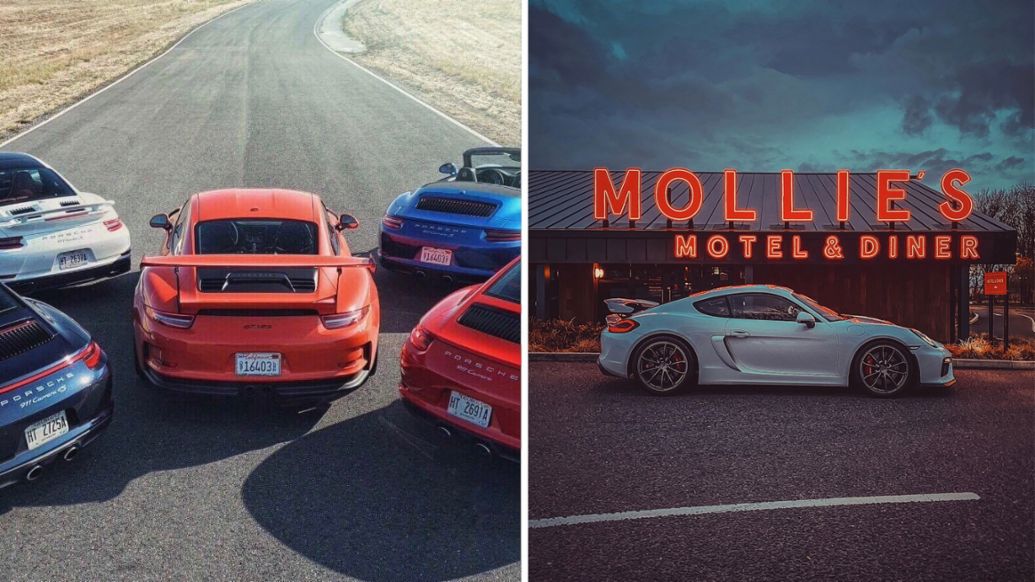
“VSCO is great for adding filters and creating a specific look very quickly. It is probably my favourite app for colour-toning a mobile image.
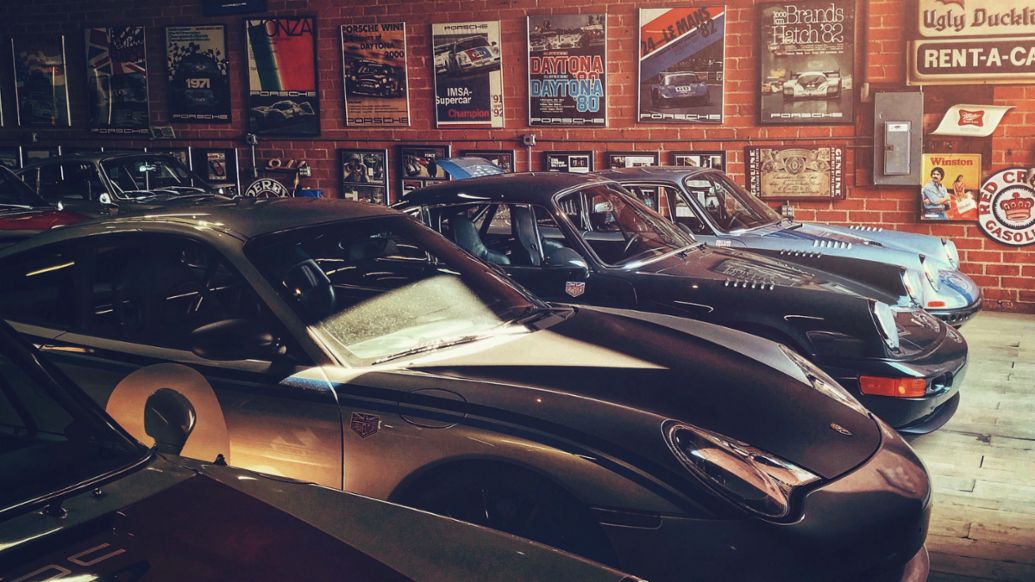
“Unfold is an app that lets me create a layout for Instagram stories. My Instagram (@richardpardon) wall acts as a portfolio, so using the Stories function is an escape for me, allowing me to post anything or everything. At a Formula E race weekend, I’ll often post 10-15 stories a day.”
Shutter speed
“Shutter speed relates to how long the shutter inside the camera is open: anything from 1/8000th of a second, all the way up to half a minute. While the shutter is open, light pours in and exposes your image. When it comes to photographing moving cars – something none of us are able to do at the moment – changing the shutter speed allows us to freeze an image (fast shutter), or add motion/blur (slow shutter) to create a dynamic effect. All modern cameras have a mode that allows you to adjust the shutter speed, and the camera will then work out all of the other variables for you.
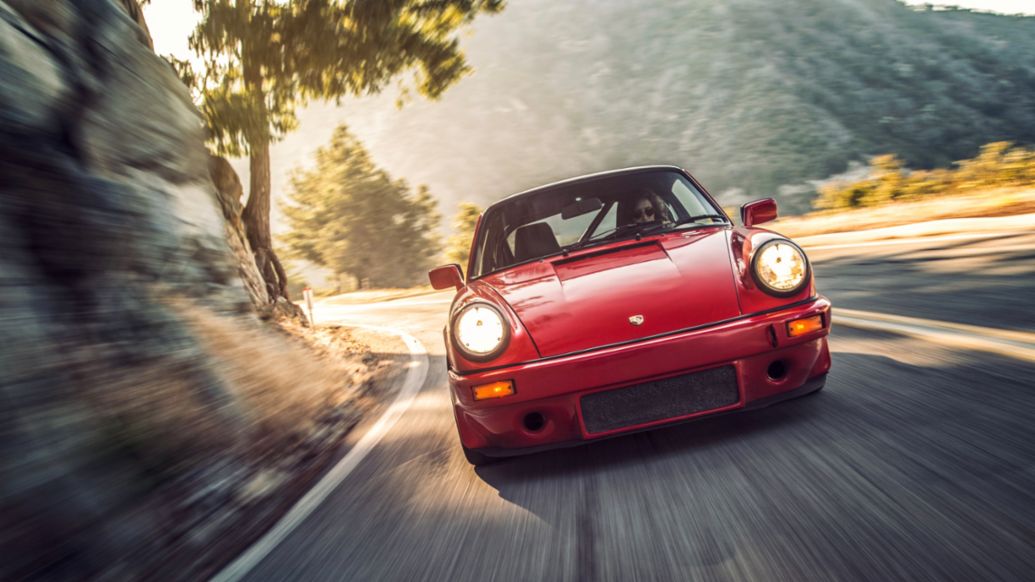
“For a static image, I use a fast shutter speed (1/500th or faster). This freezes any motion, and eliminates blur.
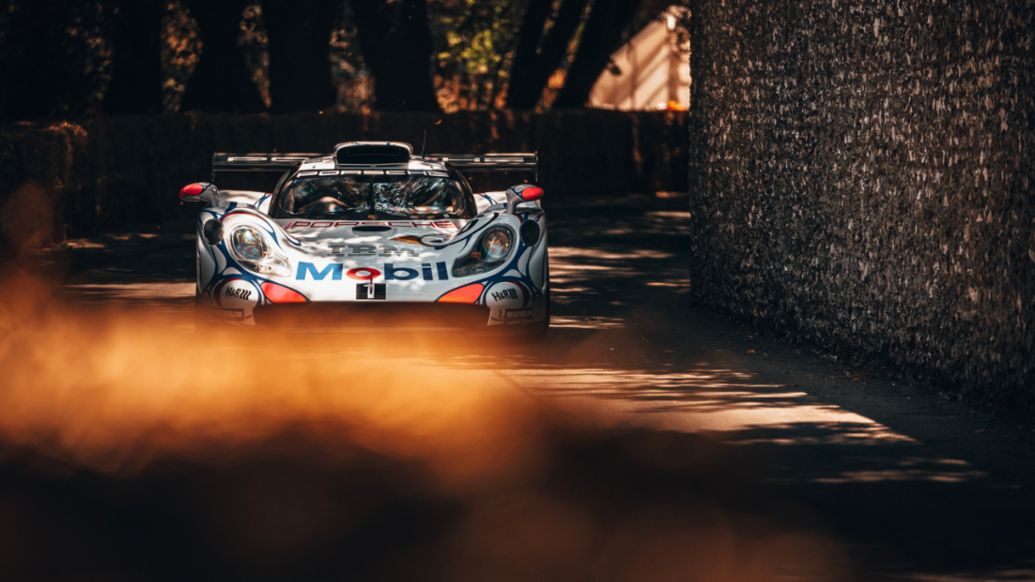
“To add motion to an image, i.e. to illustrate a car driving past, a slower shutter speed (1/250th to 1/30th) is required. This is where a bit of practice is needed, as you need to actively pan the camera with your subject – basically, following it as it moves. When you feel you have the speed of your pan matching the car, fire! With practice, you’ll be able to pan at slower speeds. There’s no magic formula: you’ll soon learn to judge how fast a car is moving, or whether its turning through a bend and so on.
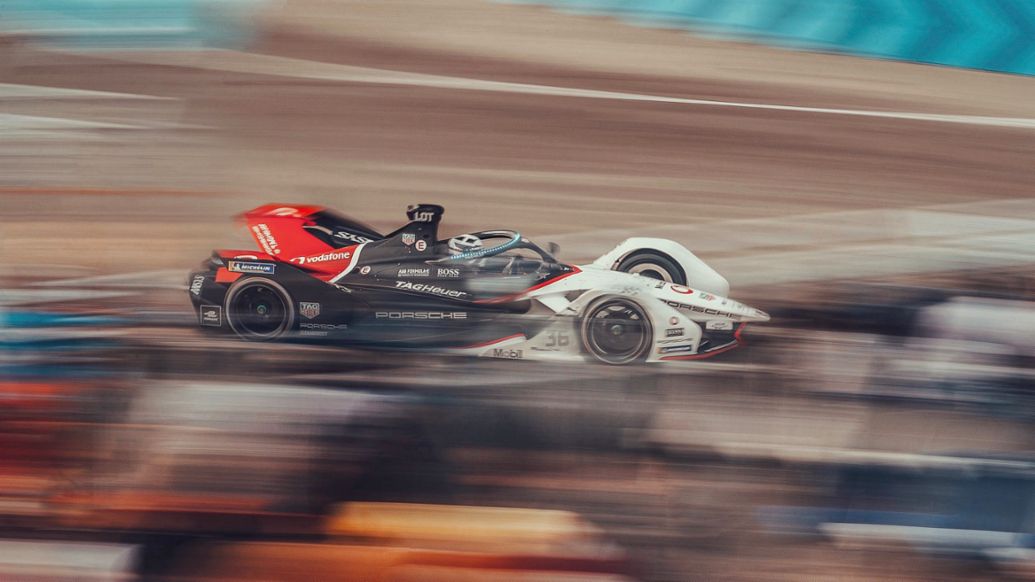
“You’ll often see magazines or manufacturers use car-to-car or tracking shots. This is when a second car is used to ‘chase’ or run alongside the car you are photographing. The same principle applies – a slower shutter speed is needed to add motion – but you also need to stay as still as possible. It’s crucial that the two cars move, as much as possible, in unison – and when they do, you shoot. The shutter opens, the road blurs, and with any luck, if the car behind or in front is moving at the exactly same speed on exactly the same arc, it’ll be sharp. In both cases – whether panning or car-to-car – it’s best to burst fire: rattle off as many shots as you can as not every one will be sharp.”
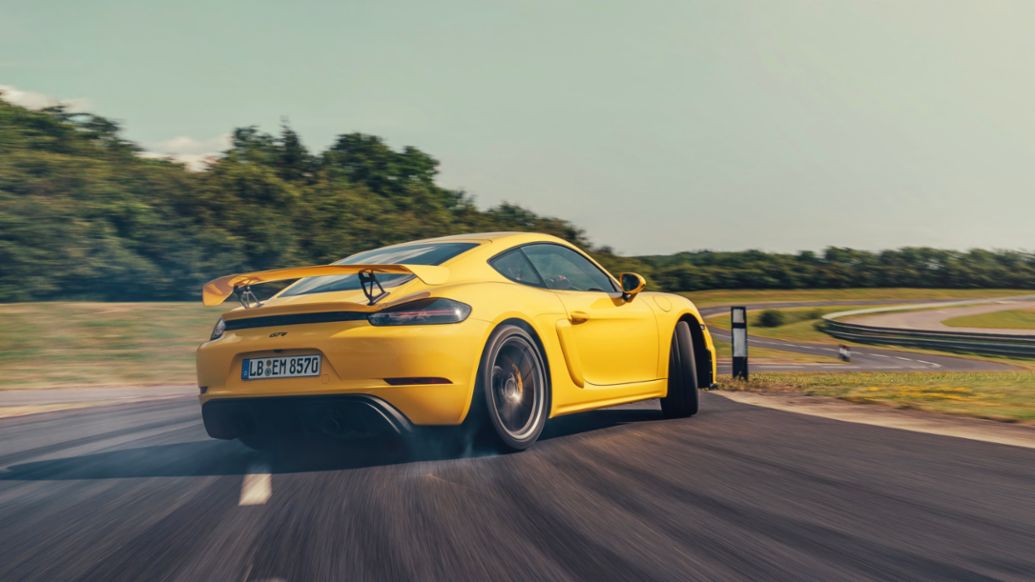
Light
“Car designers spend countless hours creating shape and lines that we often take for granted. When I’m asked by a manufacturer to photograph a brand new car before it’s unveiled to the public, it’s a real privilege. Because these are often the first images the world sees of a vehicle, it’s important to use light to showcase the design as best we can.
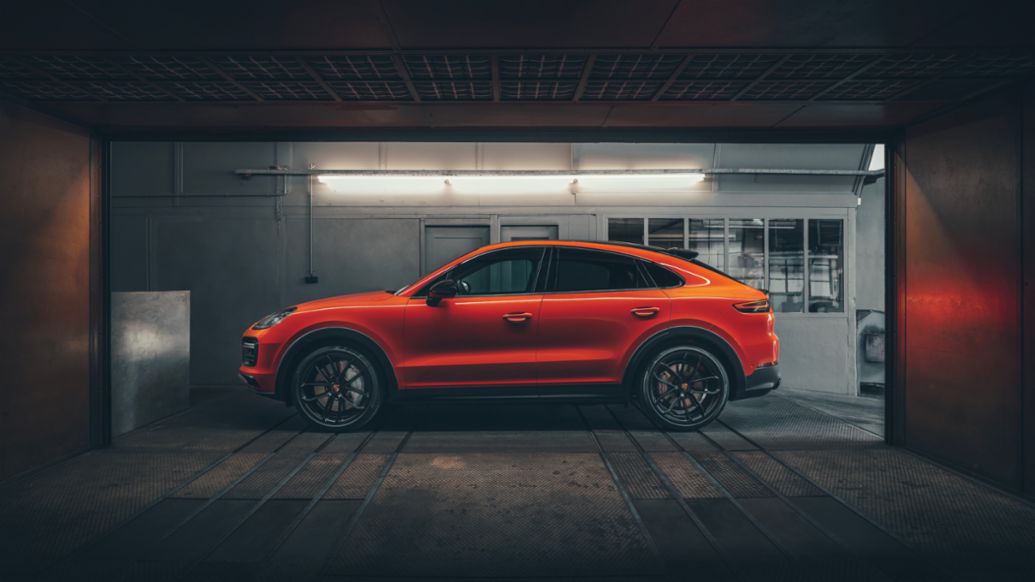
“Naturally, light comes from above (the sun), so my first rule of thumb is to light the car from a higher angle. For me, light isn’t the interesting part: the shadow is. Shadow tells a story: where the light came from, how high or low it was, and how far away it was. It’s amazing how different you can make a car’s shape look with light.
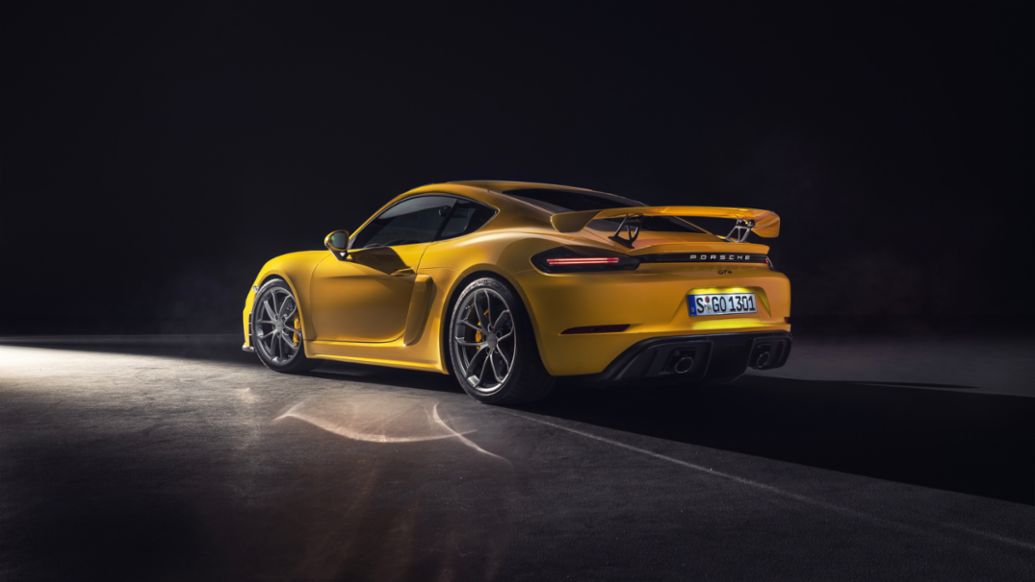
“My photographic style is to always shoot backlit. I like to face towards the sun/light, as that means the shadow comes towards the camera and helps to tell the story. You also get flare, which, when used right, is one of my favourite things in an image. But for that, I usually have to fly away from the UK to find sunshine …”
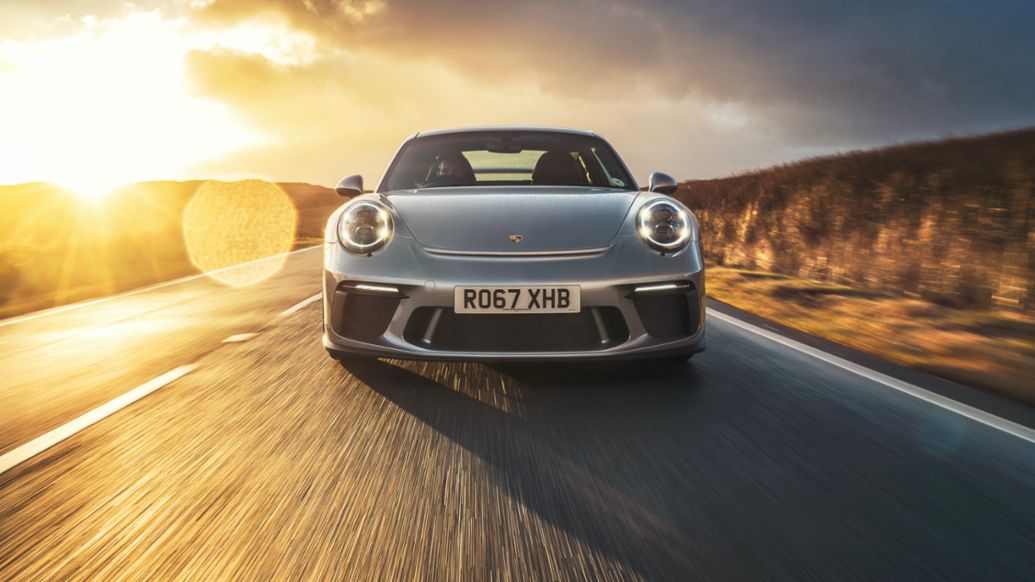
Composition
“One of the most exciting things about photography, for me, is being able to showcase the world through my own eyes. If you asked two photographers to capture the same thing, the results would always be different. No two images are the same, and if anyone asks me what my favourite photo I have taken is, I’ll always say it’ll be the next one.
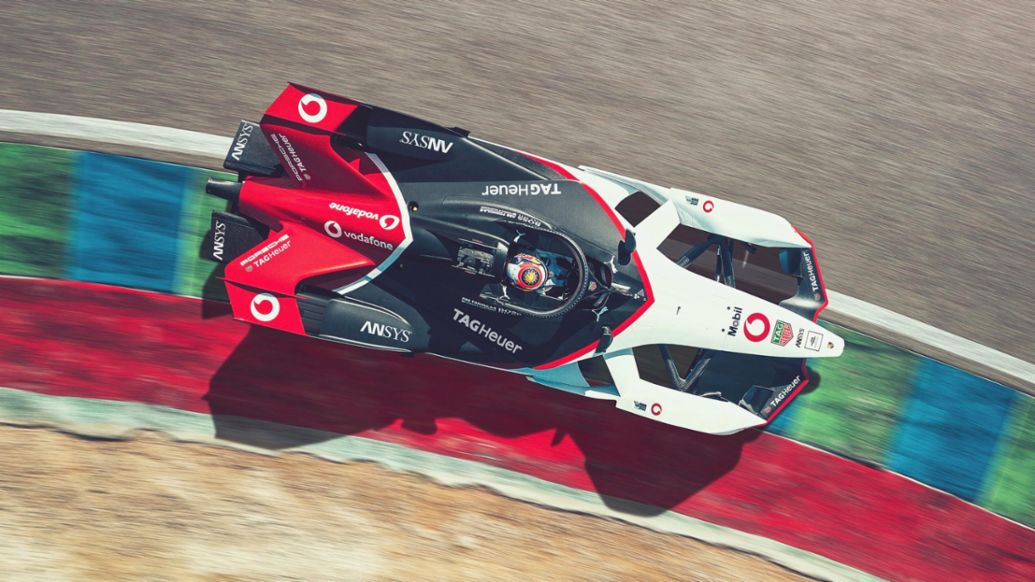
“On Newsroom’s Instagram feed this week I’ll share are some guidelines to help take ‘stronger’ images; from imagining gridlines across your photographs to help place the subject in the best position, to avoiding distracting elements such as street lights emerging from the top of a car. The key is to lead your viewer’s eye to the subject.
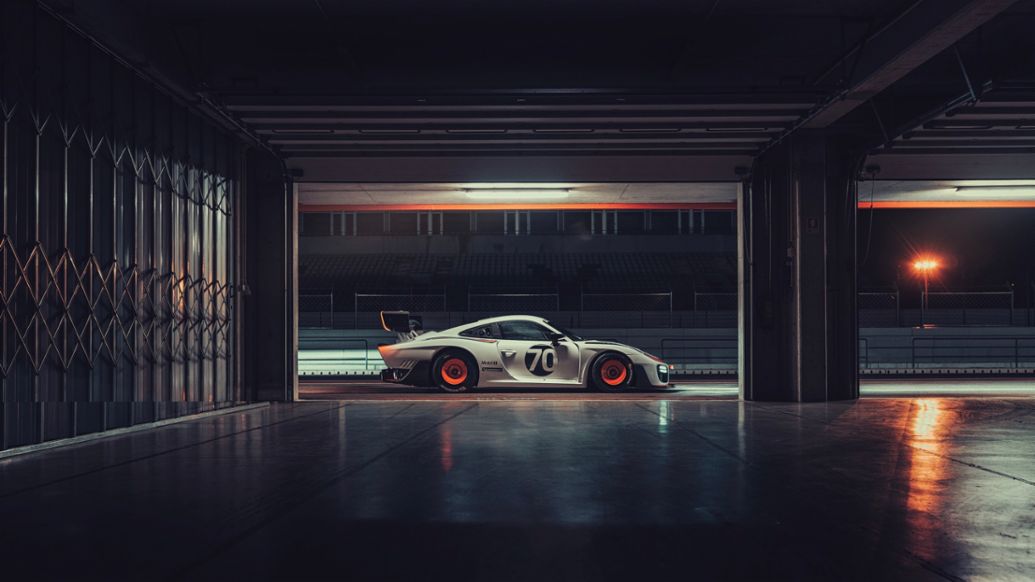
“Consider whether you’re shooting from low or high: shooting a GT3, for example, is best done from a lower position to emphasise the wing. Adding objects to the foreground can also help to add depth. Why not shoot through leaves to add colour? Or across a rock to add texture?
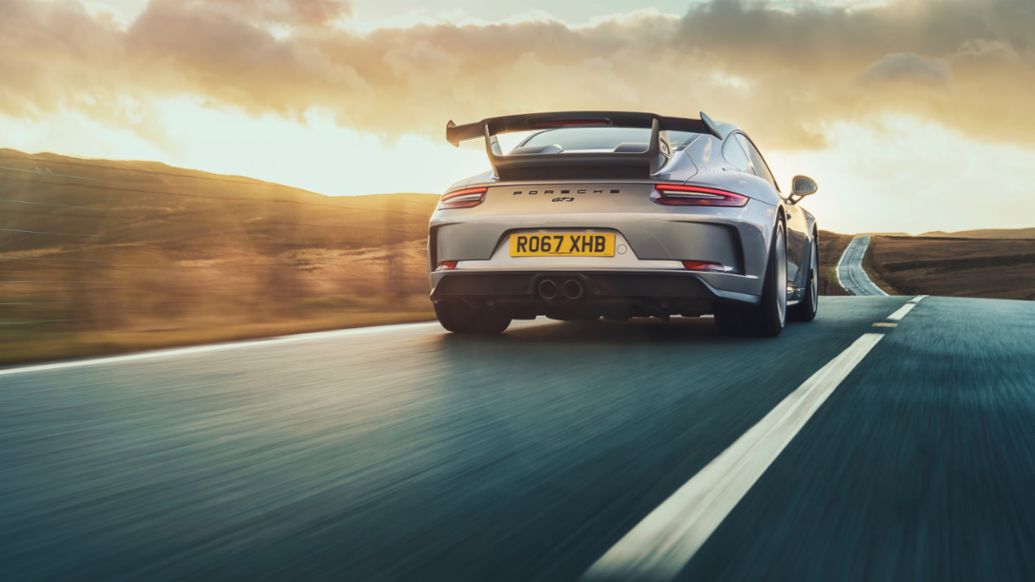
“Some of my best car images are ones that are taken from an angle you don’t usually view a vehicle from. Instead of just shooting from head-height, try climbing something nearby to give you a vantage point, or experiment with a drone (where allowed).”
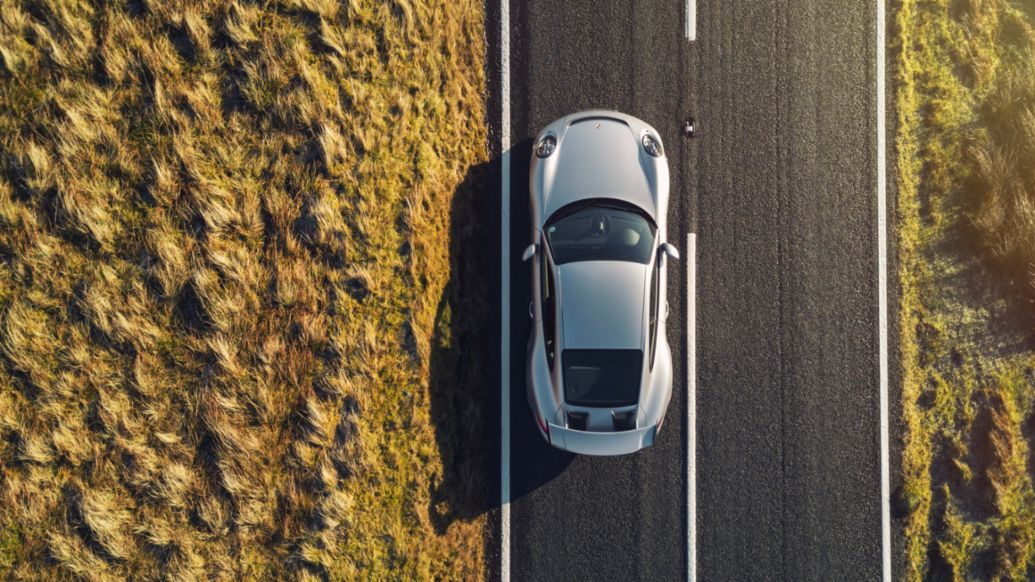
Using the whole day
“Photographing endurance racing is brilliant because it presents an opportunity to photograph from sunrise to sunset – and then through the night.
“While dawn and dusk are often the best times of day to take photographs, darkness allows you to showcase your subject in a different light – literally. Photographs are made as a result of the shutter opening and the sensor (or film) being exposed to light. When there is no light – during the night, for instance – shutter speeds lengthen dramatically.
“Towards the end of 2019, I was asked to photograph the UK launch of the Porsche 718 Spyder for EVO magazine, in Kielder Forest – the largest Dark Sky Park in Europe. The feature was about driving at night, under the stars, with the 718 Spyder’s famous six-cylinder Porsche soundtrack for company.
“With the camera’s shutter speed set to 30 seconds, we used the Spyder’s taillights to ‘paint’ the road, giving a sense of journey/motion known as a light-trail. The longer the shutter is open, the more any available light (in this case from the stars) builds to give a silhouetted horizon.
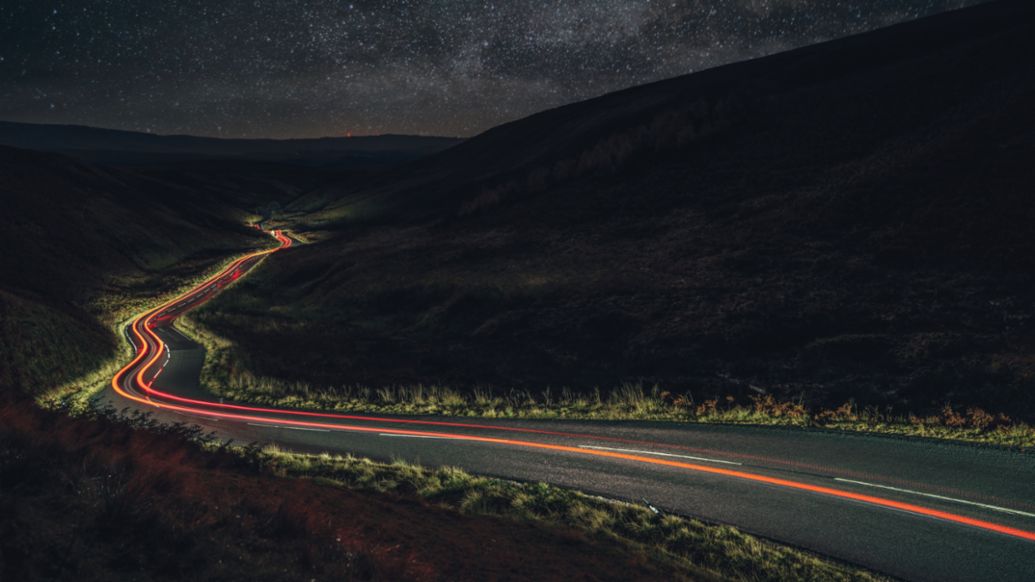
“While your camera is on a tripod, you can look at using an artificial light source. This doesn’t have to mean an expensive camera flash, but a constant light such as a torch. With a long exposure, start to shine the torch on your subject. We call this light painting. You can walk through the frame/round the car, and as long as the light isn’t hitting you, you won’t be exposed in your final shot. Think about the light’s direction, create shape by standing still and making a highlight/shadow. Alternatively, walk along the car, the light will reflect in its paint and create a continuous highlight.
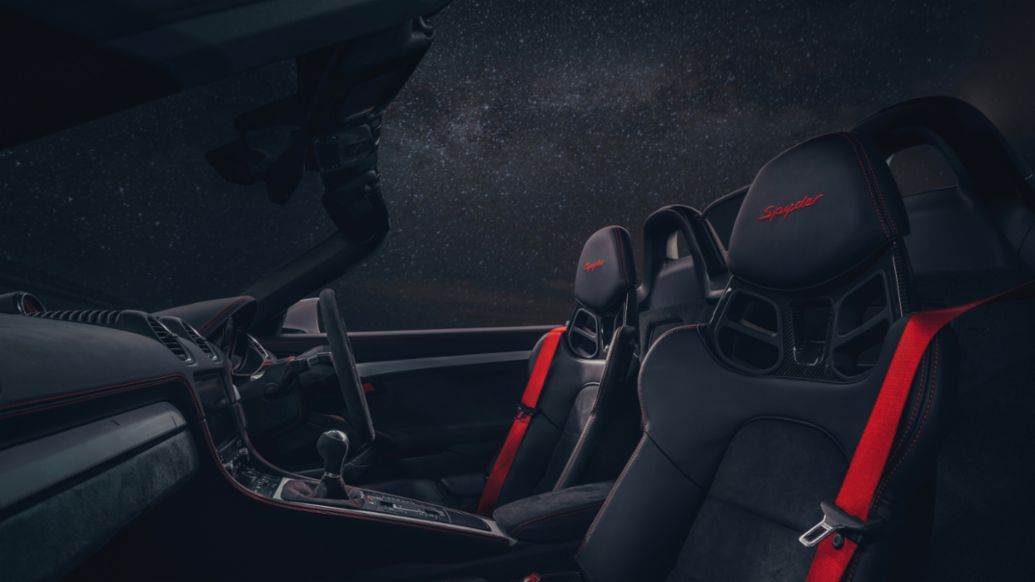
“I’ll be sharing more tips from the topics here over the course of this week on Newsroom’s Instagram feed and I encourage you to share any images you take with the hashtag #GetCreativeWithPorsche. I’ll give feedback where I can. In the meantime, have fun, experiment and get creative. Just because we are currently on lockdown, doesn’t mean we can’t show the world how we see it.”
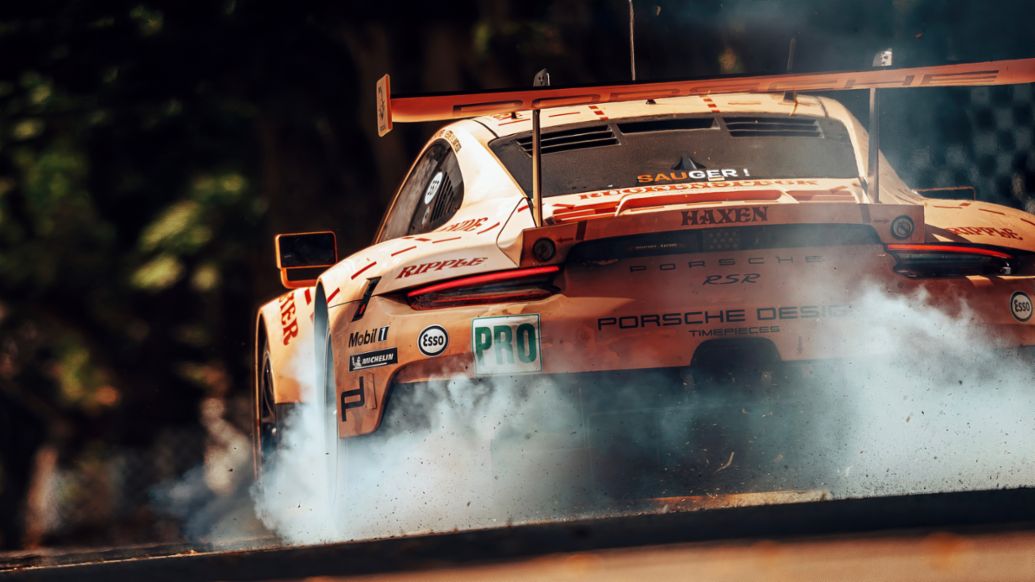
Info
Stay tuned for the next Porsche masterclass with Michael Mauer, Head of Style Porsche, as he runs through how to sketch an iconic Porsche 911.
